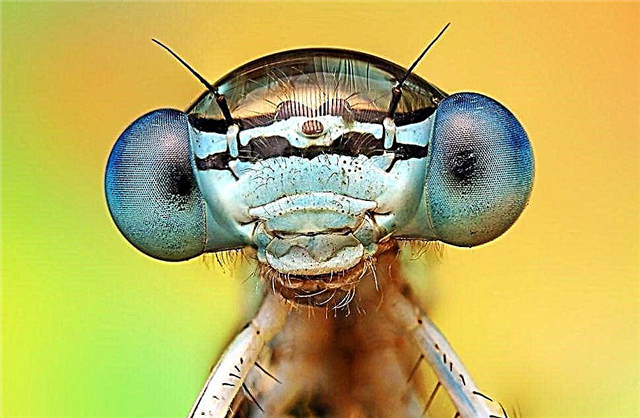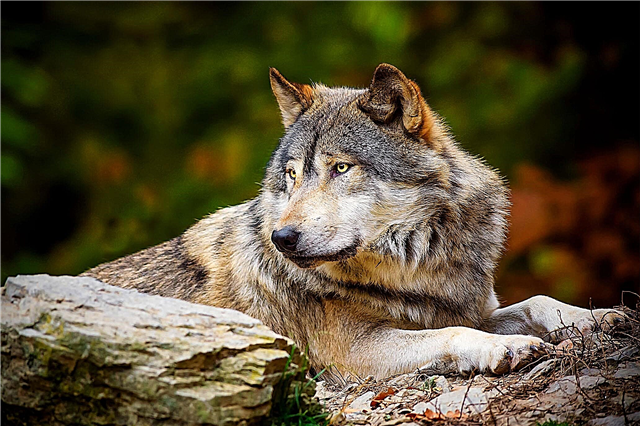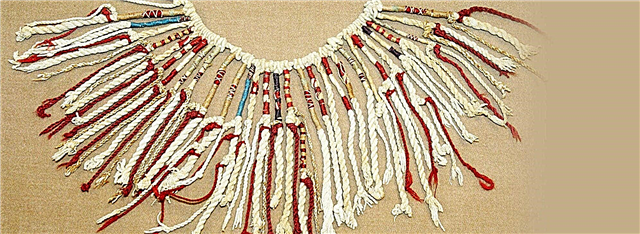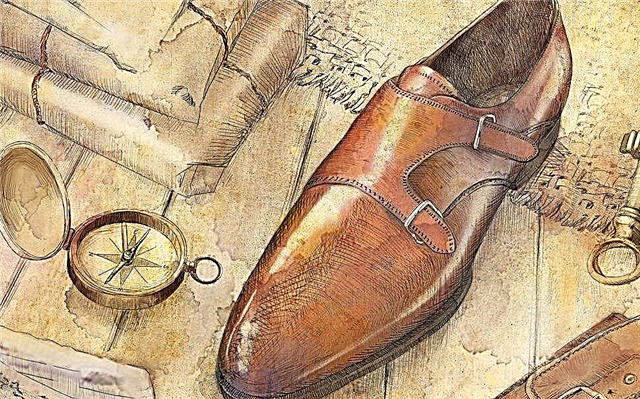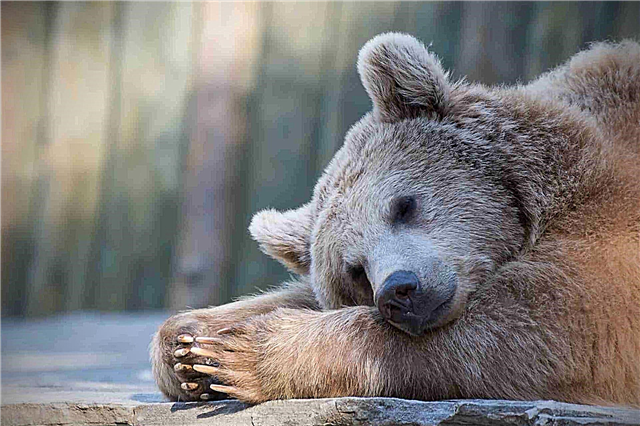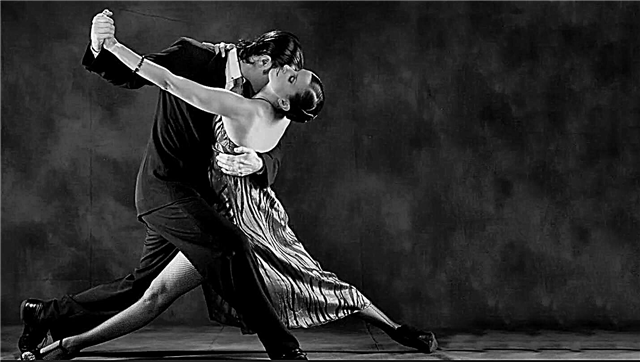
The most ancient way of movement is walking or unhurried running, in which the animal rests on the entire surface of the feet and hands (or most of them). When stopping at each moment of movement, only one limb is elevated, and the other three serve as a support, and provide balance.
By sequentially rearranging the limbs of the left and right half of the body, the animal moves forward. Foot-walking has been preserved in many insectivores: (hedgehogs, shrews), rodents (mice, voles, groundhogs) and in some carnivores (bear). Almost in the same way as in stop-walking, the paws of animals climbing trees, for example, squirrels, are arranged. Only their fingers are longer, and many have well-developed claws.
Finger walking and phalanx
But what about an animal living in open spaces? After all, they need to run fast in order to escape from predators or, conversely, to catch up with the victim. Of modern mammals, ungulate species that have a special structure of the hand and foot are the most adapted for running. But before such a limb was formed, as, for example, in antelopes or horses, their ancestors switched from support on the entire foot to support on the phalanges of the fingers, i.e., to finger walking.
On the one hand, finger walking allows you to generate greater speed, as well as move in leaps. But on the other hand, the area of support on the surface of the earth decreases and the physical load on the phalanges of the fingers increases (this is easy to see by walking on tiptoe), which means there is a risk of dislocating the fingers.Therefore, it is necessary to sacrifice the mobility of the joints for the sake of their greater strength: the phalanxes of the fingers became shorter, lost their mobility, and the bones of the metacarpus and metatarsals, on the contrary, greatly lengthened.

Among modern mammals, representatives of the predatory group, for example, cats and dogs, are finger-walking. The effectiveness of this method of movement is evidenced by the fact that the fastest mammal on Earth - the cheetah, which develops speeds of up to 110 km / h, is finger-walking.
Why does the cheetah run fast, but not for long?
Unlike finger-walking runners, ungulate mammals are able to run not only fast, but also for a long time. This is possible due to the stronger structure of the limb and the presence of horn hooves. Ungulates rely on the very ends of their fingers, covered with hooves that protect them from injuries on solid soil or stones. Therefore, the flight of finger-walking predators is a combination of speed and maneuverability, and the run of their potential victims - herbivorous ungulates - a combination of speed and endurance.

In terrestrial mammals, the hind limbs are, as a rule, always better developed than the forelimbs. For example, in hares, this difference is very significant. Usually they move in short jumps, pushing off by both front and hind legs. When running fast, hares make long jumps. Hind legs during movement they carry far forward relative to the front, which at this moment serve as a support to the body. The main load when running lies precisely on the hind limbs.
Ricochet run
Very rarely, the forelimbs generally cease to be used as support in the running process. A vivid example of a "two-legged" way of jumping is the kangaroo. This mode of movement is called rebounding.
Being pushed away by strong hind legs and using the tail as a rudder and counterweight, the kangaroos are able to make huge jumps one after another, bouncing off the ground (“rebounding”) like a tennis ball. Large species of kangaroos move in jumps of 6-12 meters in length while developing speeds of up to 40 km / h. True, they cannot run for a long time at such a speed and get tired quickly.




